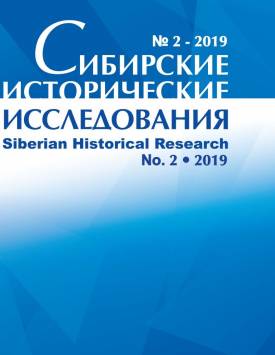Circling in nomadic and virtual space-time
The essay discusses the Web's reaction to the author's half-minute video taken in the 2018 fieldwork among reindeer herders of the Kola Peninsula and containing a reindeer circling story. The video has become 'viral' rather unexpectedly. The author tries to catch the actual connection between the phenomena completely different in nature - the whirling of reindeer and the seething of the Net, between the archaic tradition and the ultramodern reaction. First, the word is given to traditional ethnography and anthropology to present the scene in its cultural context (based on the author's field data gathered in Chukotka, Yamal, and the Kola Peninsula among Arctic nomadic reindeer herders, namely, the Chukchi, Nenets, Saami and Komi-Izhma). Then comments from the Web are given in the sequence: 'group of feelings', 'group of mind', 'anthropocentric explanations', and 'reindeer thinking'. Having completed a review of interpretations, the author considers the spectrum of associations of the circling, including the spinning of the Galaxy, chromosomes, and labyrinths. A major set of associations have directed to dance in a wide range of its values and functions. Perhaps, it is an invisible thread of the nomadic mentality that connects such distant phenomena as circling among the reindeer herders and online discussion, whereby one end of the thread is tied to classical nomadism and the other to virtual cyber-nomadism. The spiral of rotation (funnel of memory, circulation of associations) is conceived of as a node of the joint nomadic space-time.
Keywords
кочевники, Интернет, Арктика, пространство, время, вращение, антропология, Nomads, Web, Arctic, space, time, circling, anthropologyAuthors
| Name | Organization | |
| Golovnev Andrey V. | Peter the Great Museum of Anthropology and Ethnography (the Kunstkamera) of the Russian Academy of Sciences; National Research University 'Higher School of Economics | Andrei_golovnev@bk.ru |
References

Circling in nomadic and virtual space-time | Sibirskie Istoricheskie Issledovaniia – Siberian Historical Research. 2019. № 2. DOI: 10.17223/2312461X/24/6
